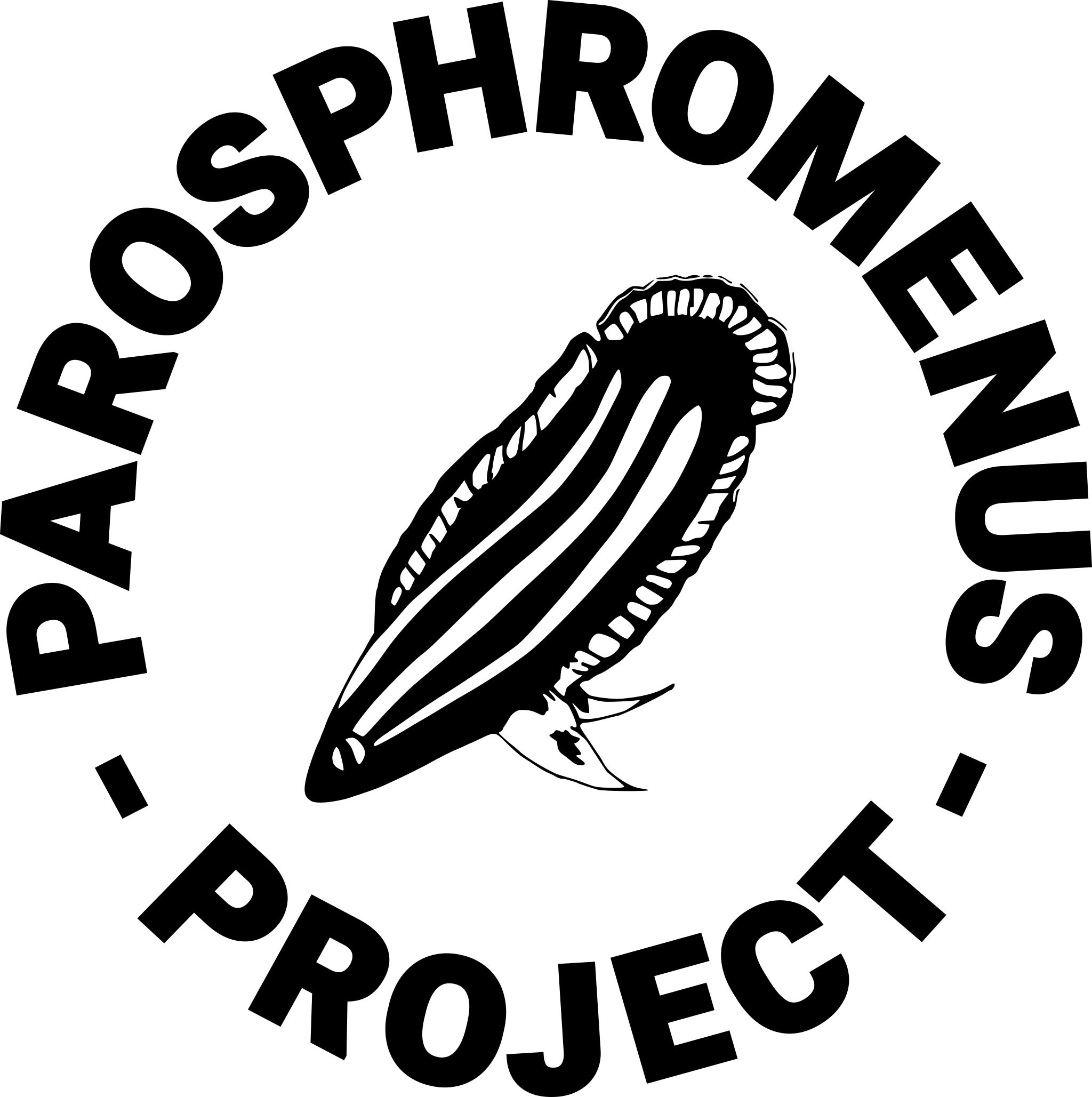Forum Replies Created
-
AuthorPosts
-
bartian
ParticipantI just looked at the species page of P. gunawani and realised they look quite similar to my fish. Is this possible? P. gunawani comes from Jambi, im I right? In that case it seems possible…
bartian
ParticipantIf it is – nice find!
bartian
ParticipantAll your planned fish species aside from Parosphromenus like harder water
? These fish all share their habitat with paros en Betta, except for the shrimp. These come from swiftly flowing streams, thus making a strange combination with the fish. Wouldn’t do that myself.
I agree with Sverting. Paros can live in tap water and even prove quite hardy. The only thing is they’ll never colour up like they would in acidic water, plus they won’t breed.
KH is a pH buffer. With a measurable KH, pH will never get low. This is the reason KH is always 0 in acidic tanks, whether pH is 3 or 5. I don’t think KH is of much relevance besides keeping pH up. There must be some other factors, maybe including luck.
bartian
ParticipantOh. It’s a very common genus here in the Netherlands, most aquarists know them.
Nevermind, then.bartian
ParticipantLike Nannostomus do when setting the hierarchy?
bartian
ParticipantMy Sentang started showing sexual dimorfism from about a centimeter SL. I believe yours are bigger, so if it is a bintan-like form it should be possible.
bartian
ParticipantDon’t believe that crashing pH! Without any buffers pH can fluctuate relatively easy. In a normal aquarium you don’t want a low pH, so this isn’t a good thing. With paros however, the low pH is exactly the reason you use rainwater. With adding tap water you undo this advantage. I use pure RO water in my acidic tanks, without any problems.
bartian
ParticipantWith adult fish it is extremely easy. Males are much more colourful. In some species females can also be nicely coloured(in quindecim females are shiny and sparkly too) but mostly their fins are transparent and colourless.
bartian
ParticipantMy Sentangs quite often show a similar colour. I also first thought it could be anjunganensis, but when they started displaying all got way more clear. Courtship colouration is the best determining factor.
bartian
ParticipantInteresting.
Head shape of the first fish appears very round to me, like in the linkei I have. The filaments start growing at rather small size, which your fish seem to have surpassed already.The slender one looks like a normal young, well fed paro.
My experience with bintan forms is males always have some colour in the fins, even when being shipped. The blue bands disappear, but a brownish band always stays visible. As such, I believe these are either no bintan-like variant or all females.
bartian
ParticipantYes, Sweden is a bit far away indeed…
bartian
ParticipantThat’s a nice list! It’s a pity there aren’t more project members in Sweden.
Do you intend to go to the IGL-tagung coming spring? In that case you could take some with you…
bartian
ParticipantNice photos! Looks like he is developing into a normal nagyi after all.
bartian
ParticipantI use this site a lot when setting temperatures. I find it very useful.
I’d like to agree with the article this topic started about. I keep my Betta, paros and irrubesco puffer at slightly higher than twenty degrees. They all do fine. Only Betta strohi seems to really need high temperature. When I dropped temp to 22 degrees they started to look really bad very quickly. When I put it to 24 it got a little better, but now I keep them at 26 degrees. So it doesn’t go up for all fish. Still, it is very good not to believe everything they say, but think for yourself and look at how nature does it.
bartian
ParticipantLuckily it’s freezing ten degrees here at the moment 😛
I once tried blackworms the way that site does, but it didn’t work. It gets nasty and stinky in a few days and then the worms die. Filter foam instead of towel is much better.
-
AuthorPosts

